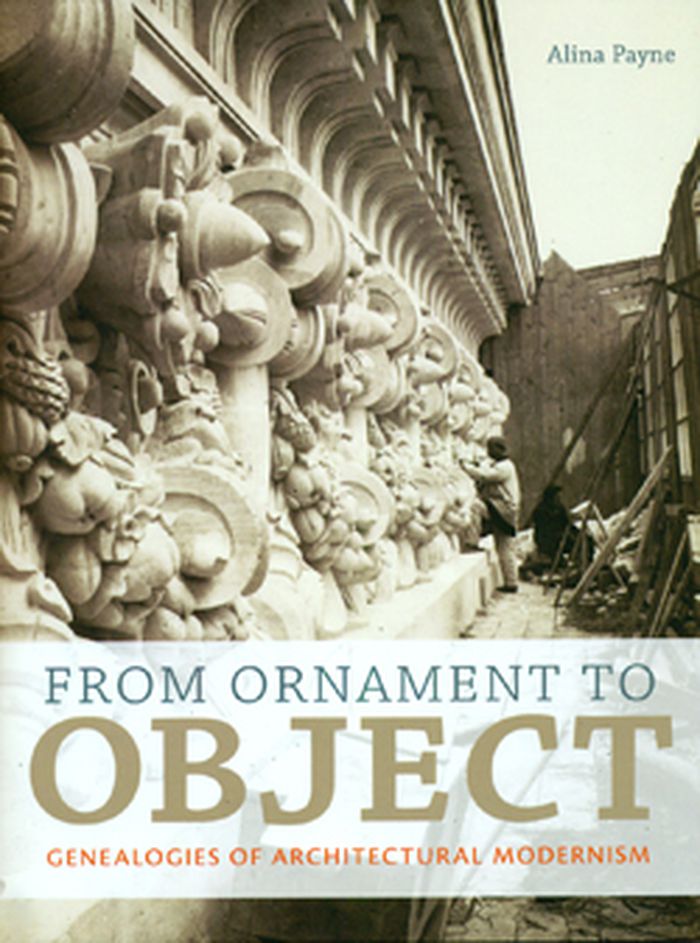livres
$135.00
(disponible sur commande)
Résumé:
"Antiquity and its Interpreters" examines how the physical and textual remains of the ancient Romans were viewed and received by writers, artists, and cultural (...)
novembre 1999, Cambridge
Antiquity and its interpreters
Actions:
Prix:
$135.00
(disponible sur commande)
Résumé:
"Antiquity and its Interpreters" examines how the physical and textual remains of the ancient Romans were viewed and received by writers, artists, and cultural makers of early modern Italy. This volume reconsiders the complex relationship between the two cultures, in light of recent scholarship in the field a new appreciation and awareness of the act of history writing itself. The case studies analyze specific texts, the archaeological projects that made ‘antiquity’ available, the revival of art history and theory, and the appropriation of antiquities to serve social ideologies, among other topics. Demonstrating that the antique model was itself an artful contruct, "Antiquity and its Interpretors" shows that the originality of Renaissance culture owed as much to ignorance about antiquity as to an understanding of it. It also provides a synthesis of seminal work that recognizes the reciprocal relationship of the Renaissance to Antiquity. Contributors include James Ackerman, David Galbraith, Patricia Fortini Brown, Philip Sohm, Sheila Bonde, Martine Furno II, Marina Belozerskaya, Kenneth D. S. Lapatin, Leonard Barkan, Julia Branna Perlman, Nicola Courtright, Alina A. Payne, Rebekah Smick, Gehard Wolf, Christof Thoenes, Michael Koortbojian, Tod Marder, Phyllis Pray Bober, Richard Betts, Catherine Wilkinson Zerner, Richard Brilliant, Michael Ann Holly, Carl Goldstein.
livres
novembre 1999, Cambridge
$74.95
(disponible sur commande)
Résumé:
In the late 19th century, a centuries-old preference for highly ornamented architecture gave way to a budding Modernism of clean lines and unadorned surfaces. At the same moment, everyday objects—cups, saucers, chairs, and tables—began to receive critical attention. Alina Payne addresses this shift, arguing for a new understanding of the genealogy of architectural(...)
From ornament to object: genealogies of architectural modernism
Actions:
Prix:
$74.95
(disponible sur commande)
Résumé:
In the late 19th century, a centuries-old preference for highly ornamented architecture gave way to a budding Modernism of clean lines and unadorned surfaces. At the same moment, everyday objects—cups, saucers, chairs, and tables—began to receive critical attention. Alina Payne addresses this shift, arguing for a new understanding of the genealogy of architectural modernism: rather than the well-known story in which an absorption of technology and mass production created a radical aesthetic that broke decisively with the past, Payne argues for a more gradual shift, as the eloquence of architectural ornamentation was taken on by objects of daily use. As she demonstrates, the work of Adolf Loos and Le Corbusier should be seen as the culmination of a conversation about ornament dating as far back as the Renaissance. Payne looks beyond the usual suspects of philosophy and science to establish theoretical catalysts for the shift from ornament to object in the varied fields of anthropology and ethnology; art history and the museum; and archaeology and psychology.
Théorie de l’architecture
$44.95
(disponible sur commande)
Résumé:
Comme l'illustrent "L'École d'Athènes" de Raphaël ou "L'Apothéose d'Homère" d'Ingres, la Renaissance marque l'avènement de l'artiste, qui revendique désormais un statut intellectuel et social comparable à celui des philosophes-poètes. Mais le travail manuel reste au cœur de son activité : matériaux et pratiques artistiques sont engagés dans l'œuvre au même titre que la(...)
L'architecture parmi les arts ; matérialité, transferts et travail artistique dans l'Italie de la Renaissance
Actions:
Prix:
$44.95
(disponible sur commande)
Résumé:
Comme l'illustrent "L'École d'Athènes" de Raphaël ou "L'Apothéose d'Homère" d'Ingres, la Renaissance marque l'avènement de l'artiste, qui revendique désormais un statut intellectuel et social comparable à celui des philosophes-poètes. Mais le travail manuel reste au cœur de son activité : matériaux et pratiques artistiques sont engagés dans l'œuvre au même titre que la vision poétique. L'idée artistique elle-même ne naîtrait-elle donc pas aussi du maniement physique des outils et des matériaux ? Et l'architecture, semblant confinée dans une pensée isolée de la fabrication matérielle, pourrait-elle s'intégrer dans cette perspective progressivement admise pour les autres arts ? Les questionnements qui traversent ce livre invitent à une réflexion sur le rôle de la matière, des instruments et des gestes dans le travail artistique, mais aussi sur le dialogue qu'entretiennent les arts entre eux, favorisé par l'utilisation de matériaux communs, à travers une étude de quelques œuvres majeures de l'architecture de la Renaissance italienne.
livres
$83.95
(disponible sur commande)
Résumé:
Crossing historical and geographical boundaries in unprecedented ways and considering the role of ornament in both art and architecture, this publication offers a nuanced examination that integrates medieval, Renaissance, baroque, and modern Euroamerican traditions with their Islamic, Indian, Chinese, and Mesoamerican counterparts. At a time when ornament has re-emerged(...)
Histories of Ornament: From Global to Local
Actions:
Prix:
$83.95
(disponible sur commande)
Résumé:
Crossing historical and geographical boundaries in unprecedented ways and considering the role of ornament in both art and architecture, this publication offers a nuanced examination that integrates medieval, Renaissance, baroque, and modern Euroamerican traditions with their Islamic, Indian, Chinese, and Mesoamerican counterparts. At a time when ornament has re-emerged in architectural practice and is a topic of growing interest to art and architectural historians, the book reveals how the long history of ornament illuminates its global resurgence today.
livres
février 2016
Ornementation

